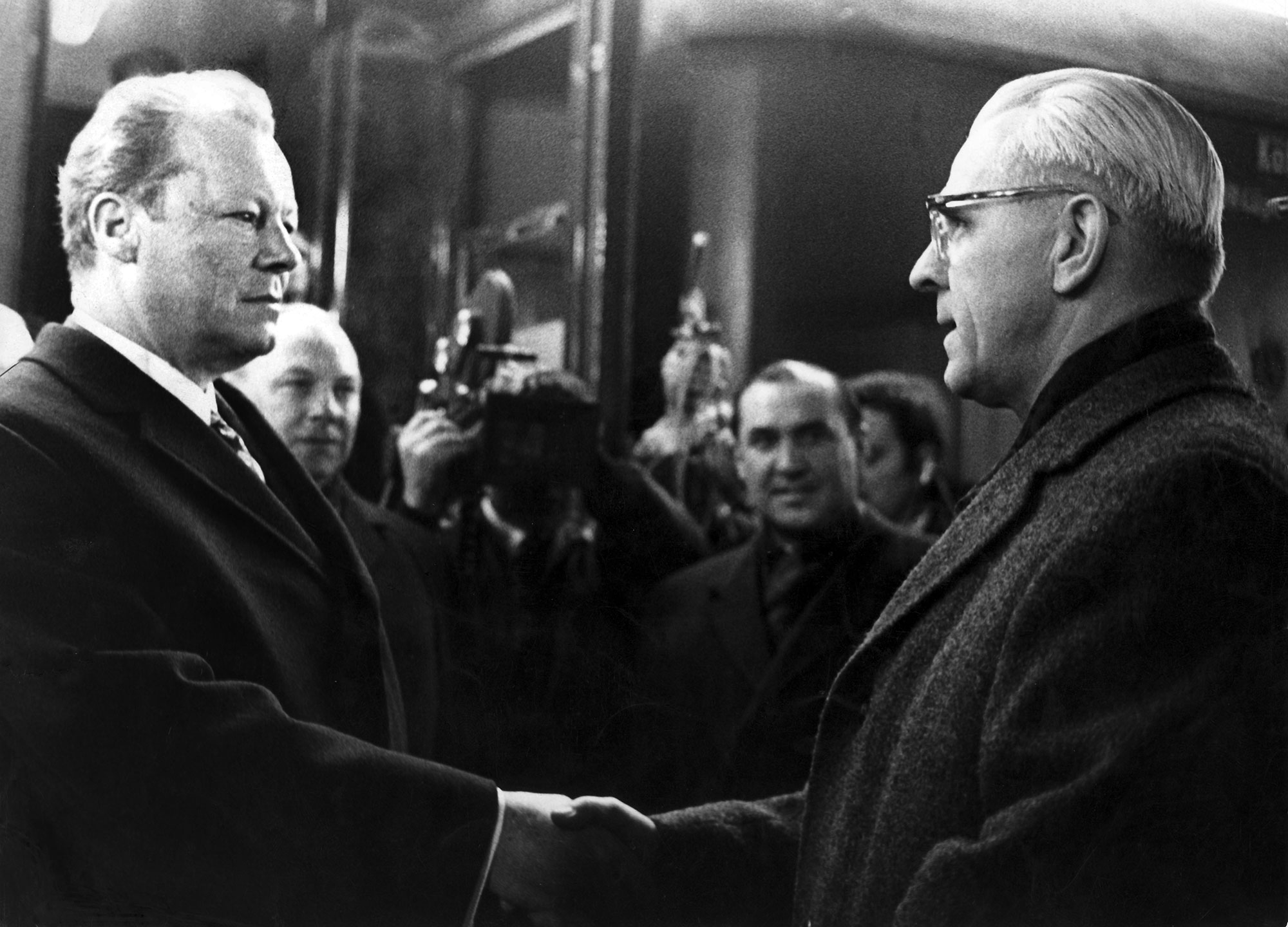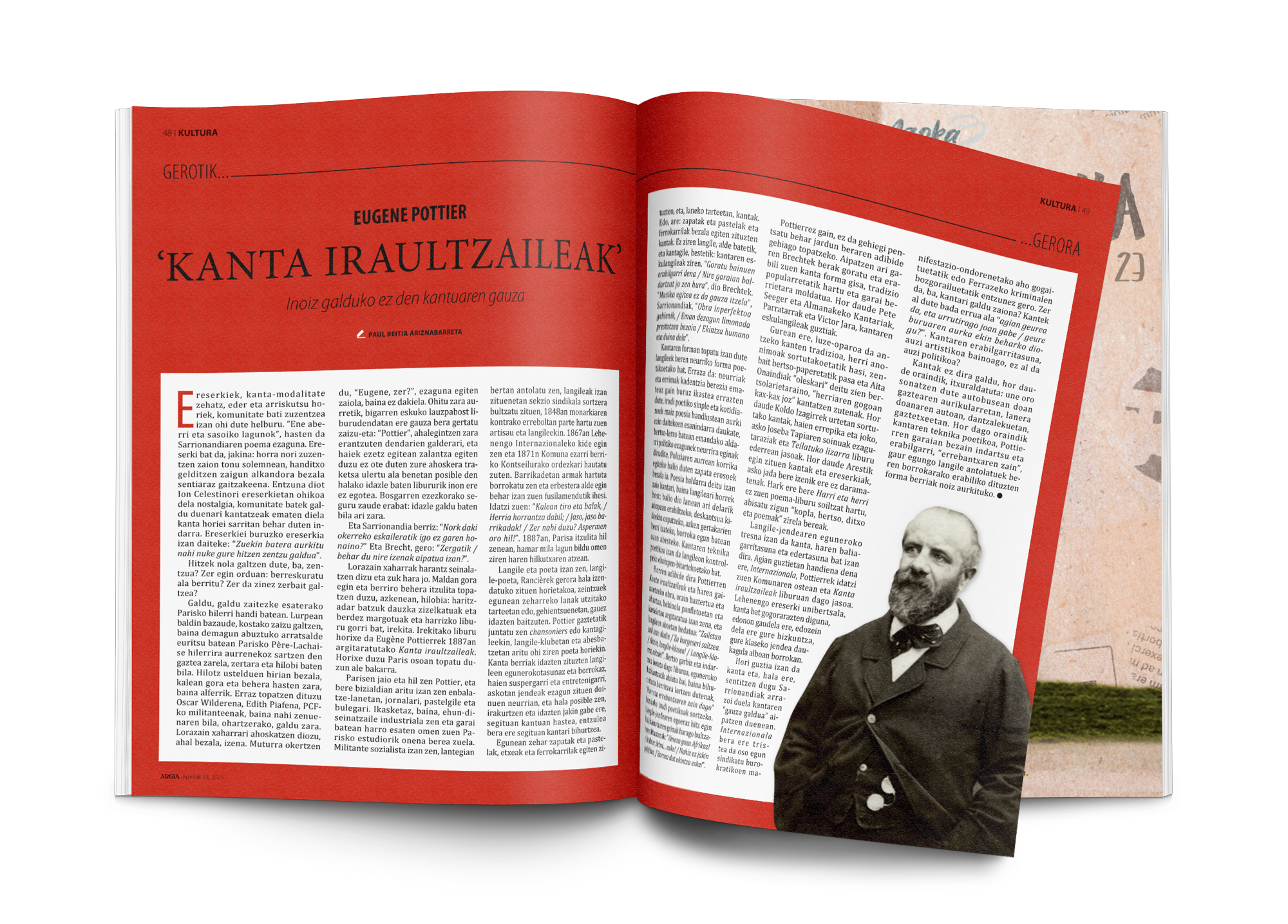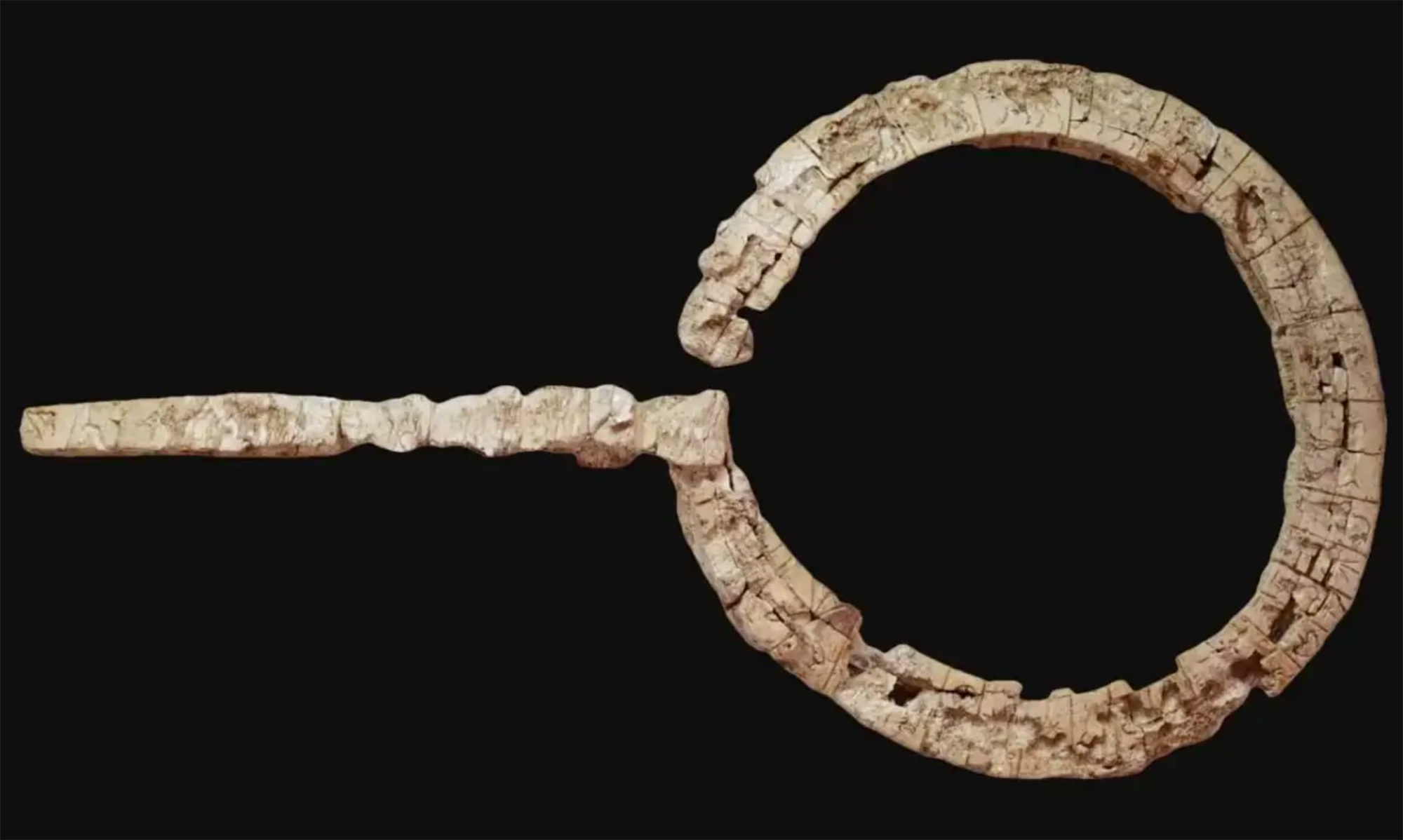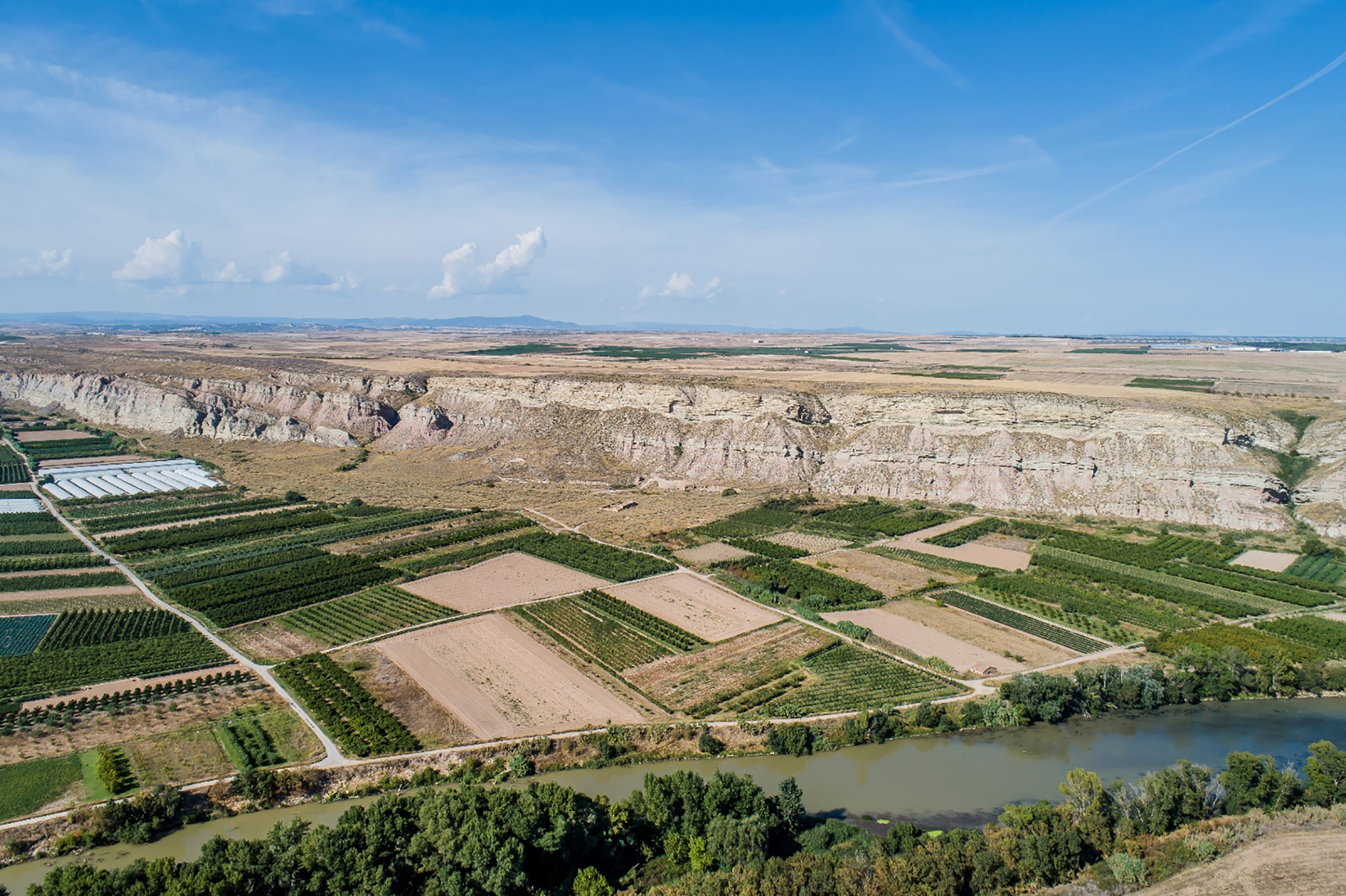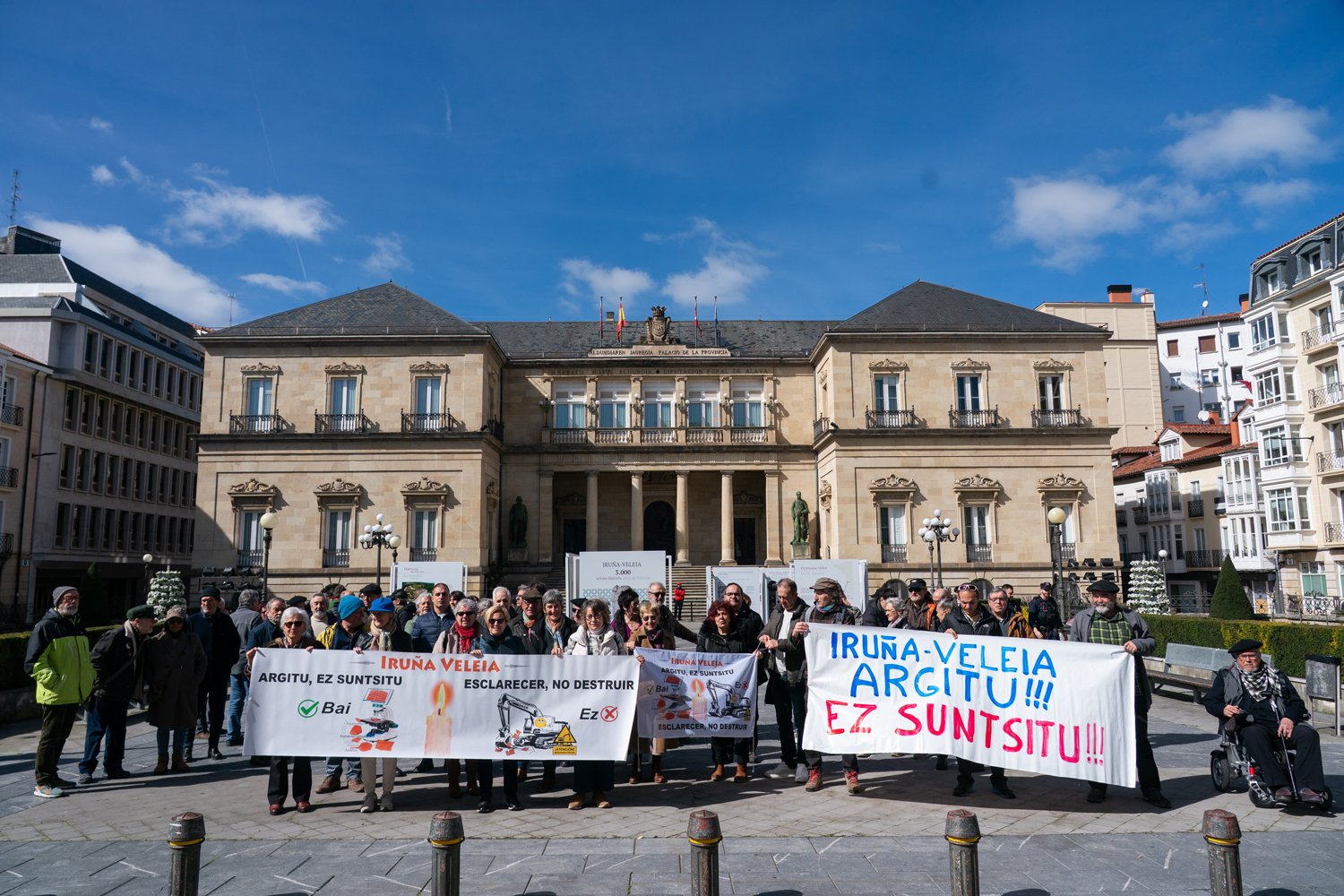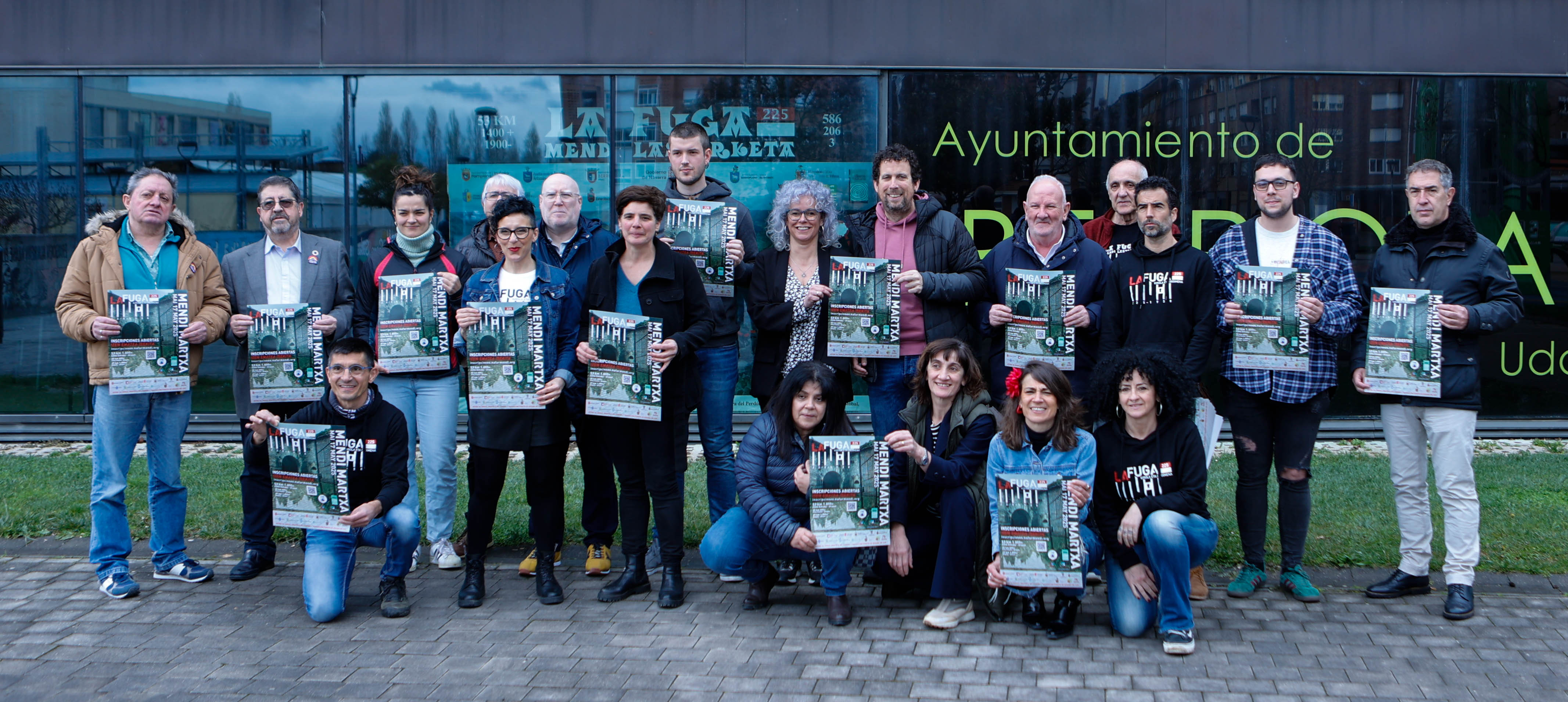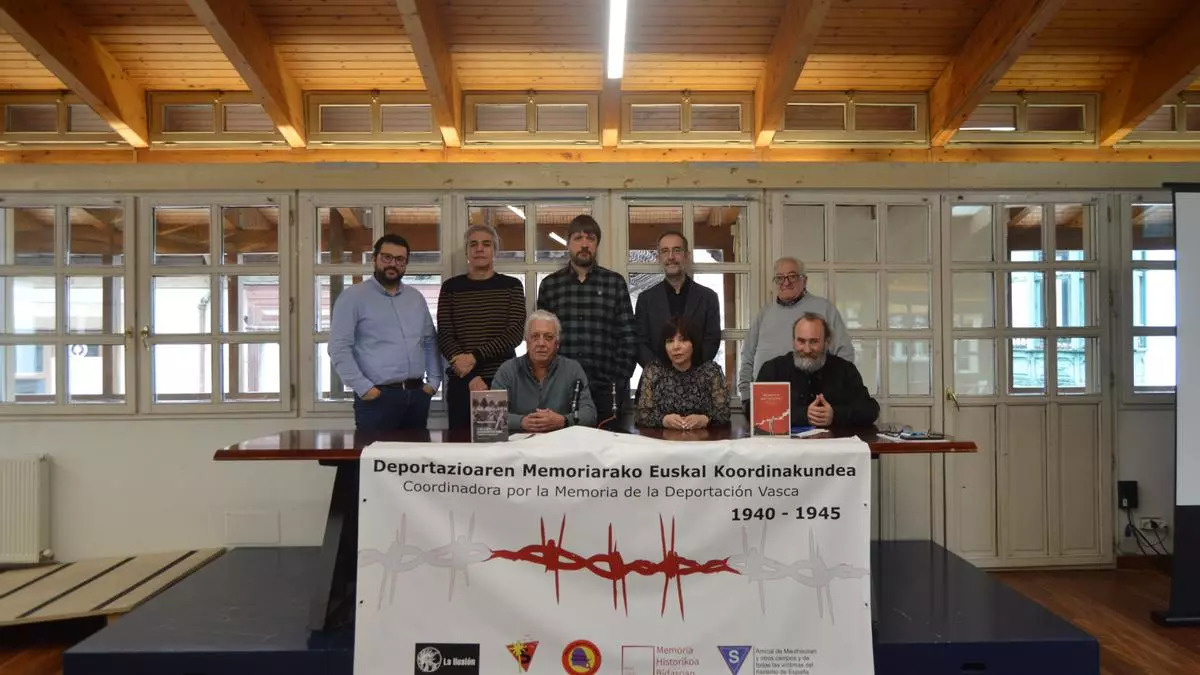The rich heirs of the Conqueror of Gil
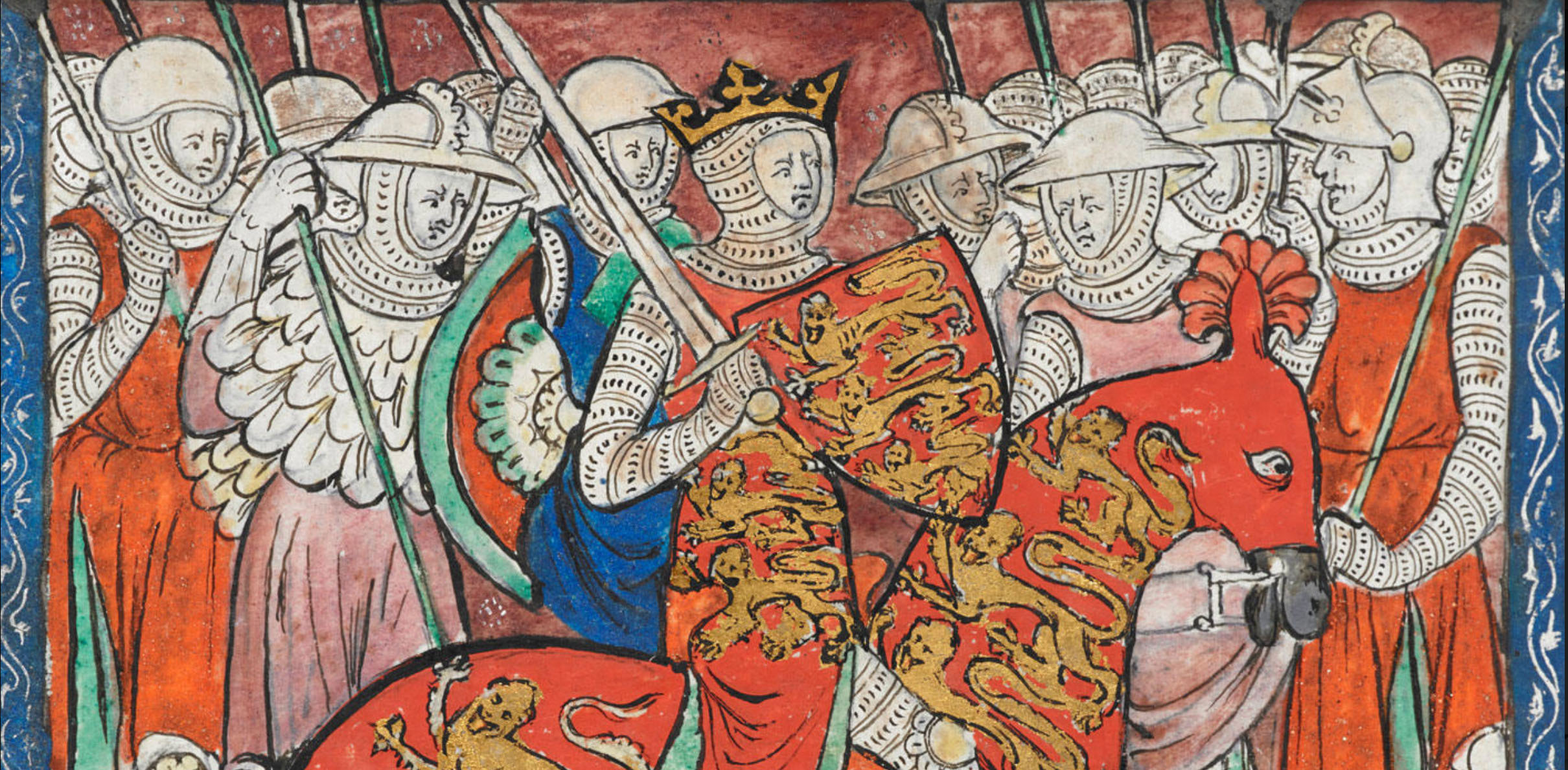
Hastings (England), 1066. The army of the Duke of Normandy I of Gil conquered the troops of King Harold II and conquered the throne. Gil's conqueror I was king until 1087.
In this reign after the Norman conquest, the rebellion organized uprising, effective administration and the feudal system was rigorous. The Crown proclaimed ownership of the lands of the British Isles and the King divided the lands between Norman Nobles.
Research journalist Kevin Cahill recently published a study on British land ownership, Who Owns Britain, owner of Nor da Britain. And it says that less than 1% of the British population owns almost 70% of the land in the UK and Ireland. Specifically, 66% of the land is owned by 160,000 families, or 0.3% of the population owns two-thirds of Britain. And Cahill discovers that most of these families are heirs to the nobles of the Conqueror's army.
Governments, economic and political systems have constantly changed in thousands of years, but goods have remained within the reach of a few, that is, the new systems have only reinforced the old unbalanced division
Governments, economic and political systems have constantly changed in thousands of years, but goods have remained in the hands of a few, that is, the new systems have only reinforced the old unbalanced division. And, as I say, most landlords still belong to the aristocracy, but also the Church of England, the royal house and some large companies are among the main landlords. In addition, Cahill faces several obstacles during the investigation and highlights the lack of transparency in land ownership. Some properties remain outside the Official Land Registry.
Cahille says that this issue goes beyond mere historical interest, is not just an ethical problem and has political, economic and social consequences. That is, the division that King Gil made a thousand years ago affects many problems today: the housing crisis, the environment, social inequality…
Until now we have believed that those in charge of copying books during the Middle Ages and before the printing press was opened were men, specifically monks of monasteries.
But a group of researchers from the University of Bergen, Norway, concludes that women also worked as... [+]
Florentzia, 1886. Carlo Collodi Le avventure de Pinocchio eleberri ezagunaren egileak zera idatzi zuen pizzari buruz: “Labean txigortutako ogi orea, gainean eskura dagoen edozer gauzaz egindako saltsa duena”. Pizza hark “zikinkeria konplexu tankera” zuela... [+]
Ereserkiek, kanta-modalitate zehatz, eder eta arriskutsu horiek, komunitate bati zuzentzea izan ohi dute helburu. “Ene aberri eta sasoiko lagunok”, hasten da Sarrionandiaren poema ezaguna. Ereserki bat da, jakina: horra nori zuzentzen zaion tonu solemnean, handitxo... [+]
Linear A is a Minoan script used 4,800-4,500 years ago. Recently, in the famous Knossos Palace in Crete, a special ivory object has been discovered, which was probably used as a ceremonial scepter. The object has two inscriptions; one on the handle is shorter and, like most of... [+]
Londres, 1944. Dorothy izeneko emakume bati argazkiak atera zizkioten Waterloo zubian soldatze lanak egiten ari zela. Dorothyri buruz izena beste daturik ez daukagu, baina duela hamar urte arte hori ere ez genekien. Argazki sorta 2015ean topatu zuen Christine Wall... [+]
Kirola eta oroimena uztartuko dituzte, bigarrenez, mendi-martxa baten bitartez. Ez da lehiakorra izanen, helburua beste bat delako. La Fuga izeneko mendi martxak 1938ko sarraskia gogorarazi nahi du. Ezkabako gotorlekuan hasi eta Urepelen amaituko da. Maiatzaren 17an eginen dute.
Bilbo, 1954. Hiriko Alfer eta Gaizkileen Auzitegia homosexualen aurka jazartzen hasi zen, erregimen frankistak izen bereko legea (Ley de Vagos y Maleantes, 1933) espresuki horretarako egokitu ondoren. Frankismoak homosexualen aurka egiten zuen lehenago ere, eta 1970ean legea... [+]
Fusilamenduak, elektrodoak eta poltsa, hobi komunak, kolpismoa, jazarpena, drogak, Galindo, umiliazioak, gerra zikina, Intxaurrondo, narkotrafikoa, estoldak, hizkuntza inposaketa, Altsasu, inpunitatea… Guardia Zibilaren lorratza iluna da Euskal Herrian, baita Espainiako... [+]
Deportazioaren Memoriarako Euskal Koordinakundeak aintzat hartu nahi ditu Hego Euskal Herrian jaio eta bizi ziren, eta 1940tik 1945era Bigarren Mundu Gerra zela eta deportazioa pairatu zuten herritarrak. Anton Gandarias Lekuona izango da haren lehendakaria, 1945ean naziek... [+]













